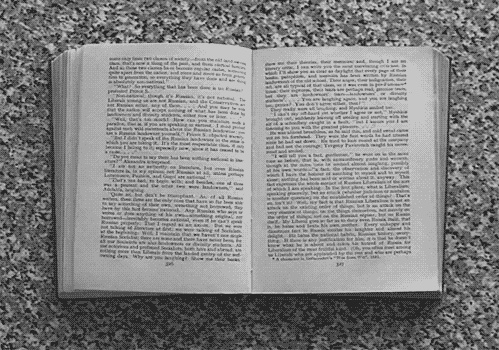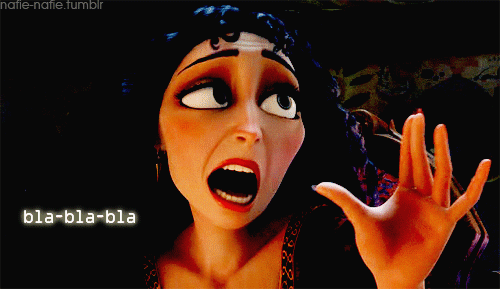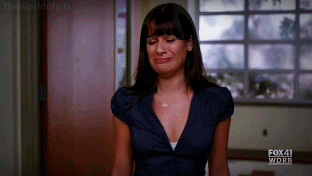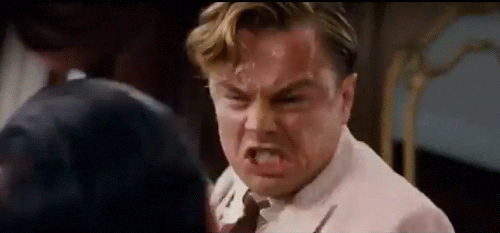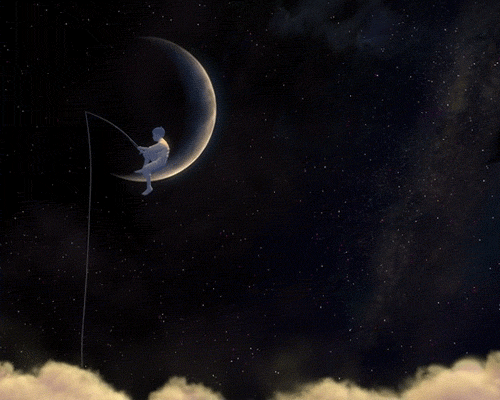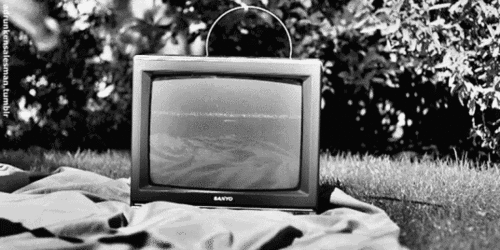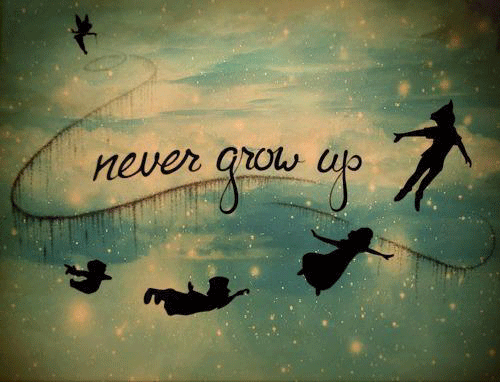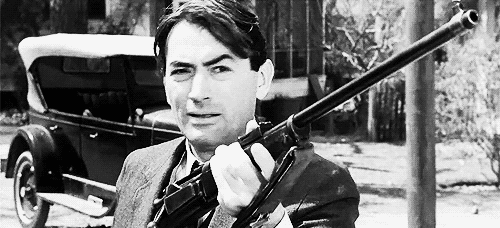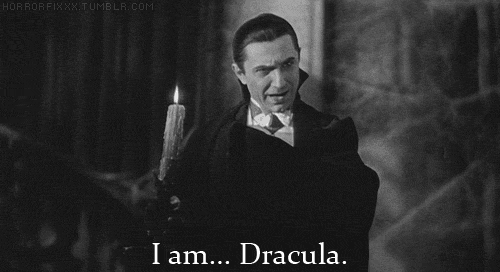
19th Century novels featured the concept of
the ‘fallen woman’ and the ‘new woman’. Both of which are present in Dracula (Stoker, 1897) and Frankenstein (Shelley, 1818). Characters
such as Mina and Caroline represent the ‘new woman’ to a certain extent,
however we see how men are still superior to women even when the women seem to
surpass them whether it be through brains or logic. Elizabeth and Lucy are set
up as the ‘fallen women’. It is interesting to view how the traditional
stereotypes of women still seem to overshadow the more modern perspectives and
the ‘fallen woman’ role is more prominent or believable than the ‘new woman’.
There were increasing movements
towards more independence and freedom for women in the nineteenth century.
Texts such as The Vindication of the
Rights of Woman (Wollstonecraft, 1792) started this movement in the late
eighteenth century. Mary Wollstonecraft acted as a beacon of hope for women
with her controversy. She believed in education and independence which is
exactly what characters like Mina Harker represents. Mina is a prime example of
the ‘new woman’ in nineteenth century Britain. We see that she has substance
and isn’t just defined by her relationship with her husband, Jonathan Harker.
In fact, she is more active than her husband on the quest to defeat Dracula. It
seems that Jonathan doesn’t fully acknowledge Mina’s intelligence, it is Van
Helsing who really admires Mina’s attributes. He describes her as ‘One of God’s
women’ (Stoker, 1897, loc. 2869) and says that she has ‘a man’s brain’ and ‘a
woman’s heart’ (loc. 3553). This displays the change in perceptions of women;
women were no longer being viewed as objects.
Expanding on this point, Elizabeth’s
character is first and foremost noticed for her beauty and not much else; Victor
describes that ‘Everyone loved Elizabeth’ (Shelley, 1818, loc. 307) and his
mother calls her ‘a pretty present for my Victor’ (loc. 307). Already she is
being viewed as an object. The Frankenstein family mould her into the
ideal woman, a role that she happily accepts and excels at. The differing views
of Elizabeth and Mina are most likely due to the time difference in which the
novels were written. Frankenstein is
written much earlier in the nineteenth century than Dracula. It is interesting looking at the change in the way women
are viewed in such a short space of time. Mina is much closer to experiencing
equality than Elizabeth is. Similarly to Mina being labelled as a ‘gift from
God’, Elizabeth’s name means ‘gift of God’; it is intriguing to see how the
women possess different ‘gifts’. Mina embraces the gift of intelligence whilst
Elizabeth embraces the gift of beauty.
This idea of the ‘new woman’ creates
slight conflict with the Gothic tradition of the fallen woman. Frankenstein and Dracula are essentially Gothic novels and are well recognised texts
within the genre, in fact Dracula
helped define the Gothic genre. Gothic tradition is well focused on the idea of
a vulnerable female character. It is interesting to see how Mina is seen as
separate to the situation that Lucy is part of, she is almost part of the male
characters team. However, not all characters succumb to resisting the damsel in
distress role. Lucy and Elizabeth both fall victim to the powerful male characters
(both Dracula and the monster) yet Mina manages to escape. It’s almost as if
Shelley is suggesting that intelligence is the key to survival, not beauty. Or
more specifically, Shelley is suggesting that to survive in a man’s world, intelligence will rule over
beauty. Van Helsings’ fascination with Mina supports this idea, he seems to
root for her more than he does for Lucy.
The sexualisation of women was a
common feature of 19th Century fiction and was celebrated. For Lucy
and Elizabeth, sexuality is certainly the main focus of their characters. Both
repeatedly fawned over for their beauty, their sexualisation is crucial in
defining their downfall. It’s notable that Lucy and Elizabeth who are both so
focused on beauty die, yet Mina who is focused on intellect and morality
survives. In the 19th Century ‘The fallen woman was a stain on
society and had to be punished, either by the intolerable pangs of conscience
or death – preferably both’ (Cunningham, 1978, pg. 21). Both Elizabeth and Lucy
assume the role of the ‘fallen woman’ but from differing perspectives of what a
‘fallen’ woman is.
Elizabeth is suitable for marriage and
not useful for much else. Her downfall resides in the fact that she is useless
in dealing with the outside world or with anything outside of her marriage,
much like many women of the 19th Century. Her pathetic attempt in
saving Justine prove just how helpless she is in the public sphere. She doesn’t
represent the ‘new woman’ in any sense of the phrase, she represents the
‘passive woman’ who is defined by marriage. Without marrying Victor, her death
could have been avoided. Shelley is sending us a subtle message here.
Certainly, Shelley believed in marriage and was of course married herself
however she didn’t believe in being defined by marriage. Elizabeth’s death
could be seen as metaphorical in terms of her loss of identity inside of her
marriage. Furthermore, her death can be described as being caused by her
husband specifically because it is his creation and his disregard for his
problems and in fact for his wife. His rejection of her is due to his
incestuous desires and the monster is a representation of the evil in his
sexuality. The male superiority is what rules Elizabeth’s life and she is aware
of how powerless she is. For many women in the 19th Century
Elizabeth’s situation would have been very close to home.
In comparison, Lucy Westenra isn’t
defined by marriage as she doesn’t survive to experience it. She is the ‘fallen
woman’ because she is unable to save herself from herself. The moment she becomes sexualised as a vampire, she
loses complete control of her own life and again, like Elizabeth, she becomes
reliant on male characters. Unfortunately, neither can be rescued from their
predicament. As Lucy takes on the role of a vampire, her sexual power is
overwhelming for the male characters. When described as having ‘a languorous,
voluptuous grace’ (loc. 3209) she has become the fallen women. In the 19th
Century, to be described as ‘voluptuous’ would have been a reference to
Victorian prostitutes. She oozes sexual desire which supports this idea. She
says ‘Come to me
Arthur. Leave these others and come to me. My arms are hungry for you. Come,
and we can rest together. Come, my husband, come!’ (loc. 3209). The
sexual innuendos change our perspectives of the seemingly innocent Lucy. Dr.
Seward announces that she has become ‘unclean’ and when she is wanted by no
man, she becomes disposable as she has nothing to offer outside of her vanity.
The emphasis on appearances with the
women in both novels highlights the true hardships of women in the 19th
Century. ‘Not all women in late eighteenth and early nineteenth-century Britain
were victims of what we now call patriarchal oppression’ (Moore & Strachan,
2010, pg. 41). The emphasis on beauty seems shallow to a modern audience, but
Mina acts as a beacon of hope. She is a paragon of virtue compared to Lucy and
Elizabeth who lack virtue.
Mina isn’t however immune to becoming
overpowered by male dominance. For example, she becomes victim to Dracula
himself despite her intelligence and strong personality. Her seemingly ‘male’
attributes still can’t save her from the charms of Dracula; the dominant male
of the novel. ‘With
his left hand he held both Mrs Harker's hands, keeping them away with her arms
at full tension; his right hand gripped her by the back of the neck, forcing
her face down on his bosom’ (Stoker, 1897, loc. 4273). With words such as
‘tension’ and ‘forcing’ being used, we feel as though ‘something like a rape is
in progress’ (Armstrong, pg. 264). This
shows that she isn’t as in control as we thought; he uses the forces of
seduction against her which only highlights that women still haven’t obtained
the equality they sought after. We accept that Lucy’s been overpowered by
Dracula as she represents the damsel in distress stereotype, however, we find
it difficult to accept that Mina has been violated as we root for her as a
character who will assist others in defeating the Count.
Frankenstein as a novel that is ‘without a heroine, without even an important female victim’
(Moers, 1976, pg. 90). This is indeed true, Elizabeth and Mina are polar
opposites. Elizabeth does bring something important to the novel though. She
shows us the real reality for women and highlights the femininity of the novel.
Moers explains that the novel is about ‘the motif of revulsion against new born
life’ (pg. 90). It is a well-known fact that Shelley’s mother was the brilliant
Mary Wollstonecraft and after giving birth to Shelley, she died due to an
infection that arose from her being unable to release the placenta. Elizabeth’s
death is similarly due a new born creation that comes in the form of a monster.
As the monster comes alive, Elizabeth meets her fate. Like Wollstonecraft, her
death is innocent and is taken place by a new life. As the monster laments ‘I am
malicious because I am miserable. Am I not shunned and hated by all mankind?’
(loc. 1827) we see that personalities are created, we aren’t born with them. Furthermore, the creation has been made by the hands of
man, her husband to be specific. To expand on her point Moers explains that the
novels ‘emphasis is not upon what precedes birth, not upon birth
itself, but upon what follows birth: the trauma of the afterbirth’. There is a clear connection between Shelley’s relationship
with birth and Elizabeth’s experience post-birth. Elizabeth embodies the pain
and strife that is forced upon women and specifically, not on men. Elizabeth
suffers the ultimate pain and Shelley is highlighting that it is due to her
being a woman.
If we bring both texts together, we
see that the ideas of femininity are at opposite ends of the spectrum. Stoker
focuses on the positive nature of a woman, he illuminates a womans caring
nature and celebrates the creation of the ‘new woman’. In comparison, Shelley
focuses on the restriction of women, she carries on the ideas that her mother
fought so hard to expose society too. Shelley focuses on two points involving
marriage; loss of identity and also the hardship of birth and new born life.
It’s interesting to see the change in perspectives during the years in between
both novels being written. Stoker shows the progression and acceptance of women
whilst Shelley brings the repression of women to light.
Bibliography
Armstrong, N. (2005) ‘Feminism, Fiction and
the Utopian Promise of Dracula’. Differences:
A Journal of Feminist Cultural Studies, 16 (1): 264.
Cunningham, G. (1978) The New Woman and The Victorian Novel. London: The Macmillan Press.
Moore, J. & Strachan, J. (2010) Key Concepts In Romantic Literature. UK:
Palgrave Macmillan.

